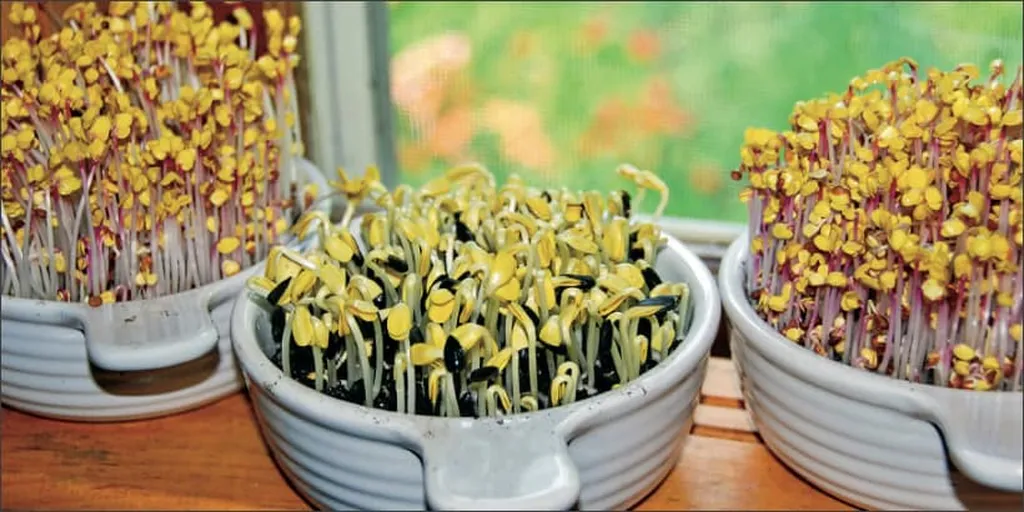In the arid landscapes of Gansu Province, China, a groundbreaking study is reshaping our understanding of alfalfa cultivation, with significant implications for the energy sector. Researchers from the College of Water Conservancy and Hydropower Engineering at Gansu Agricultural University have published their findings in the journal *Guan’gai paishui xuebao*, which translates to “Irrigation and Drainage”. The study, led by Dr. Ma Guangyuan, explores the intricate dance between water and phosphorus regulation, revealing how these factors can optimize alfalfa growth, photosynthesis, and ultimately, yield.
Alfalfa, a vital forage crop, is more than just fodder for livestock. It’s a cornerstone of sustainable agriculture, playing a pivotal role in soil health and carbon sequestration. But in the water-scarce Yinda Irrigation District, maximizing alfalfa’s potential is a delicate balancing act. “Understanding the interplay between water and phosphorus is crucial for improving water use efficiency and crop yield,” Dr. Ma explained. “Our study provides a roadmap for farmers and agronomists to navigate this complex relationship.”
The research team conducted a meticulous experiment, manipulating soil moisture and phosphorus levels to observe their effects on alfalfa’s growth and yield. They found that under low and medium soil moisture conditions, increasing phosphorus application boosted plant height, stem diameter, leaf-to-stem ratio, photosynthetic performance, and irrigation water use efficiency. However, under high soil moisture conditions, the relationship was more nuanced. “Too much of a good thing can be detrimental,” Dr. Ma noted. “While phosphorus is essential, excessive application under high soil moisture conditions can lead to diminished returns.”
The study’s most striking finding was the identification of the optimal water and phosphorus combination for maximizing alfalfa hay yield. The treatment dubbed W3P1, where soil moisture was maintained at 75%-90% of the field capacity with a phosphorus application of 50 kg/hm2, emerged as the winner. This treatment increased hay yield by 11.78%, 9.51%, and 13.63% compared to the low water and low phosphorus treatment.
The implications of this research extend far beyond the fields of Gansu Province. Alfalfa is a key component of livestock feed, and improving its yield and water use efficiency can have a ripple effect on the entire agricultural supply chain. For the energy sector, this is particularly relevant. As the world grapples with climate change and the need for sustainable energy sources, bioenergy is gaining traction. Alfalfa, with its high biomass yield and carbon sequestration potential, is a promising feedstock for bioenergy production. By optimizing its cultivation practices, we can enhance its viability as a renewable energy source.
Moreover, the study’s findings can inform water management strategies in arid regions, promoting sustainable agriculture and food security. As Dr. Ma put it, “Our research is not just about improving alfalfa yield. It’s about fostering a more sustainable and resilient agricultural system.”
This study is a testament to the power of precision agriculture, where understanding and manipulating the intricate web of plant-environment interactions can unlock new possibilities for sustainable food and energy production. As we grapple with the challenges of climate change and resource scarcity, such research is not just valuable—it’s essential.

